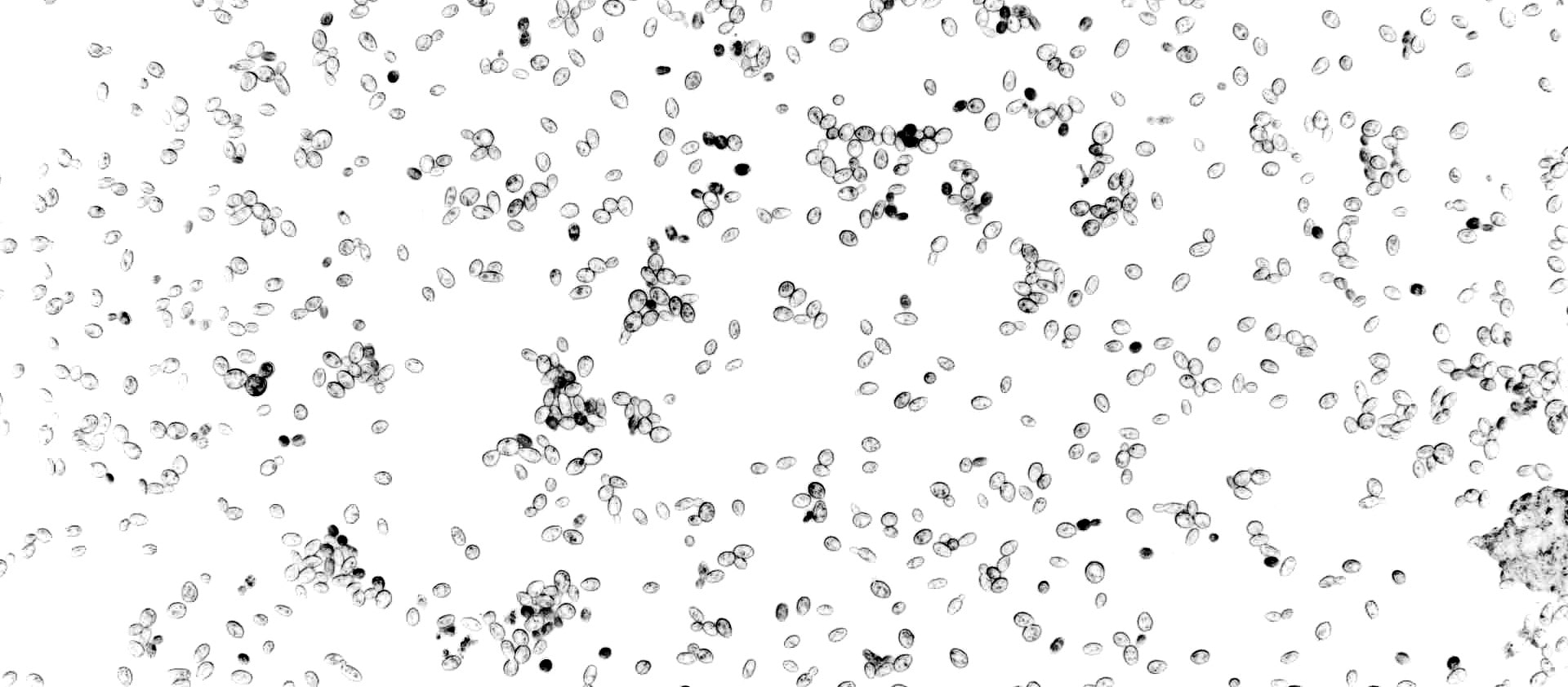Wyeast Lab Report: Understanding Diastaticus

The brewing community has been raising questions recently about Saccharomyces cerevisiae var. diastaticus (also known as S. diastaticus) in the brewing industry. Because there have been some discrepancies in how diastaticus is reported, we have worked with Pall Corporation’s technical team and SLS Application Specialists to bring a better understanding of the speciation and nature of diastaticus. We want to share the information we have gathered.
Diastaticus strains are found naturally as wild strains and are also sold by many culture banks for brewing, with more confirmed species identification coming to light.
Yeast strains are classified as Saccharomyces cerevisiae var. diastaticus if they carry the STA1 gene. STA1 is the “signature” gene of diastaticus, meaning it will be found in all diastaticus strains. Genes are units of DNA that act as instructions and gene expression refers to how active a particular piece of DNA is. When a gene or sets of genes are present, they are not always being expressed, but it is possible for expression to occur due to a change in environmental conditions. When this happens to diastaticus, the yeast becomes capable of fermenting residual carbohydrates that are unfermentable to most Saccharomyces strains. This gene expression in turn can cause changes in taste, over-attenuation, and bottle bursting, among other consequence from a pitched strain or a single contaminant cell. The precise environmental conditions that influence diastaticus-specific gene expression have not been quantified.
A recent study in Europe investigated suspected diastaticus contaminations in breweries through the detection of the STA1 gene with PCR tests (Meier-Dӧrnberg, Jakob, Michel & Hutzler, 2017)1. It revealed that just 49% of suspected contaminations were diastaticus and only one involved a yeast supplier. Moreover, among the 52 breweries with one or more positive diastaticus contaminations, ninety-two percent of diastaticus contaminations came from within the breweries themselves. Further investigation showed that 71% of these cases came from the bottling/filling area and were traced back to contaminants in the filler environment and/or biofilms in the pipework system of the filler. Twenty-nine percent of cases came from the brewhouse, fermentation cellar, and storage cellar.
Good manufacturing practices are key to preventing contamination and cross-contamination of any strain. This includes proper cleaning and sanitizing protocols, dosage in accordance with chemical supplier directions, effective pasteurization when utilized, good yeast and ingredient management, and a robust quality control program. Pall® scientists strongly urge brewers to sanitize with heat whenever possible, as cold sanitizing processes alone may not eliminate a contamination. Among other things, critical points, such as fillers, filters, yeast equipment, hoses, heat exchangers, and all extremities should be treated at 176-194 °F (80-90 °C) for 20 minutes in addition to standard protocols.
All of this indicates that commercial diastaticus strains, if used in a standard regimen with robust quality control, can be used safely in brewing, and good manufacturing practices can pinpoint and prevent cross-contamination. We are currently testing the entire Wyeast Culture Collection with a PCR yeast identification test (Pall GeneDisc® Technologies). As of now, several of our strains have been identified as Saccharomyces cerevisiae var. diastaticus. These are 3711 French Saison, 3724 Belgian Saison, 3725-PC Bière de Garde, 3726 Farmhouse Ale, 3739-PC Belgian Golden Ale, 1388 Belgian Strong Ale, 3822-PC Belgian Dark Ale, and 3031-PC Saison-Brett Blend. These strains have been in our Culture Collection for many years, with the introduction of 3725-PC in 2000 and the rest of the strains following soon after. They have been used by breweries of every size across the globe with great success and have known attenuation rates and behavior under typical fermentation conditions. Their fermentation and growth characteristics are proven, and these strains are evaluated under the same methods and specifications as other Saccharomyces strains in our lab.
Our goal at Wyeast is to maintain our clients’ confidence in our liquid yeast and fermentation products. Rigid Quality Assurance protocols are set in place to ensure our process is free of contaminants and cross-contaminants. With adherence to careful process and culture management we can guarantee our strains are pure and will perform upon arrival. And, we can assure you that our products have met our Quality Control standards for purity, cell count concentration, and viability. However, we cannot control events beyond the parameters of our production as the behavior of any living organism is subjective to the processes and conditions provided for it.
We are honored to serve you, our customers, and to provide you with the highest quality yeast products. Our reputation as a leader in the industry has been built on hard work and consistency and we intend to keep it that way by delivering nothing but the best.
To learn more about quality control and good yeast management practices, feel free to review our resources online.
